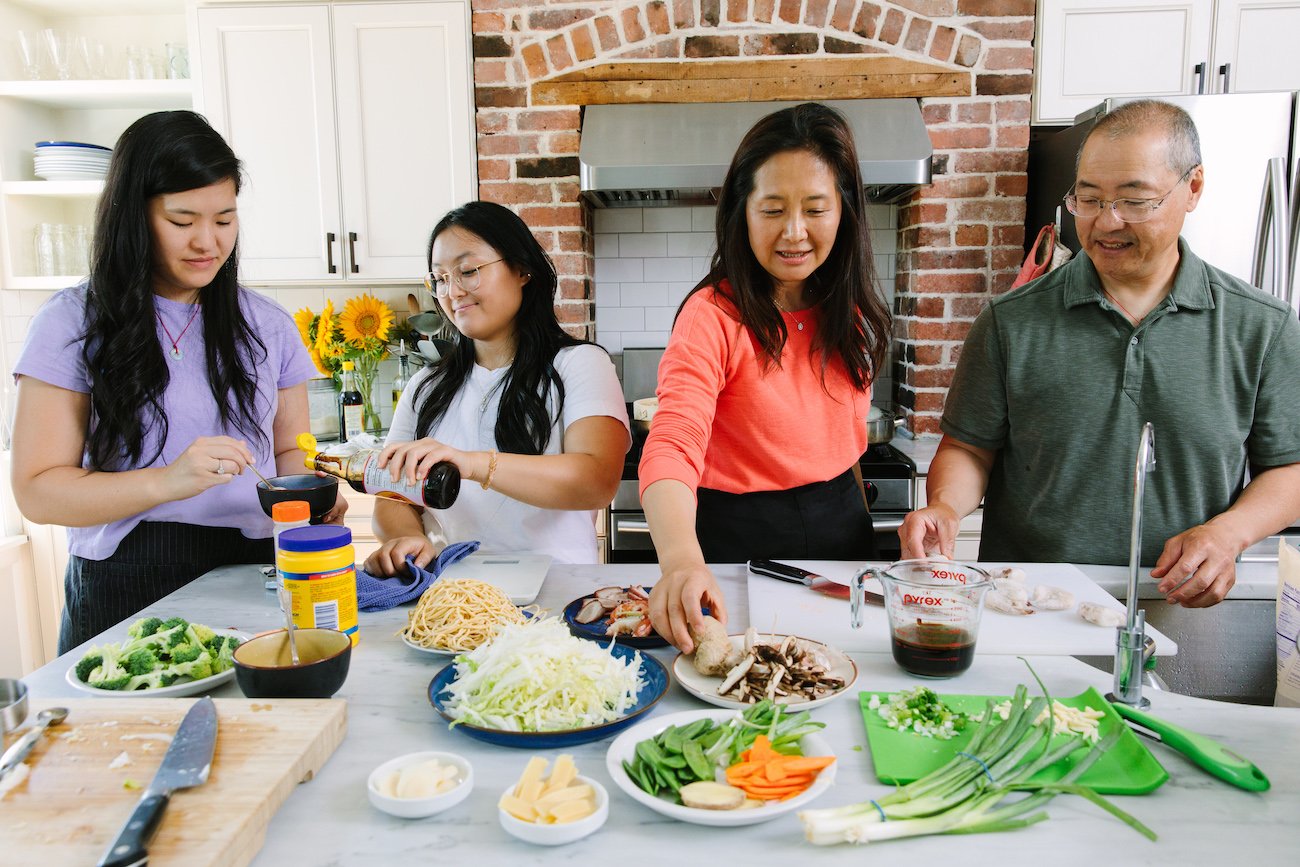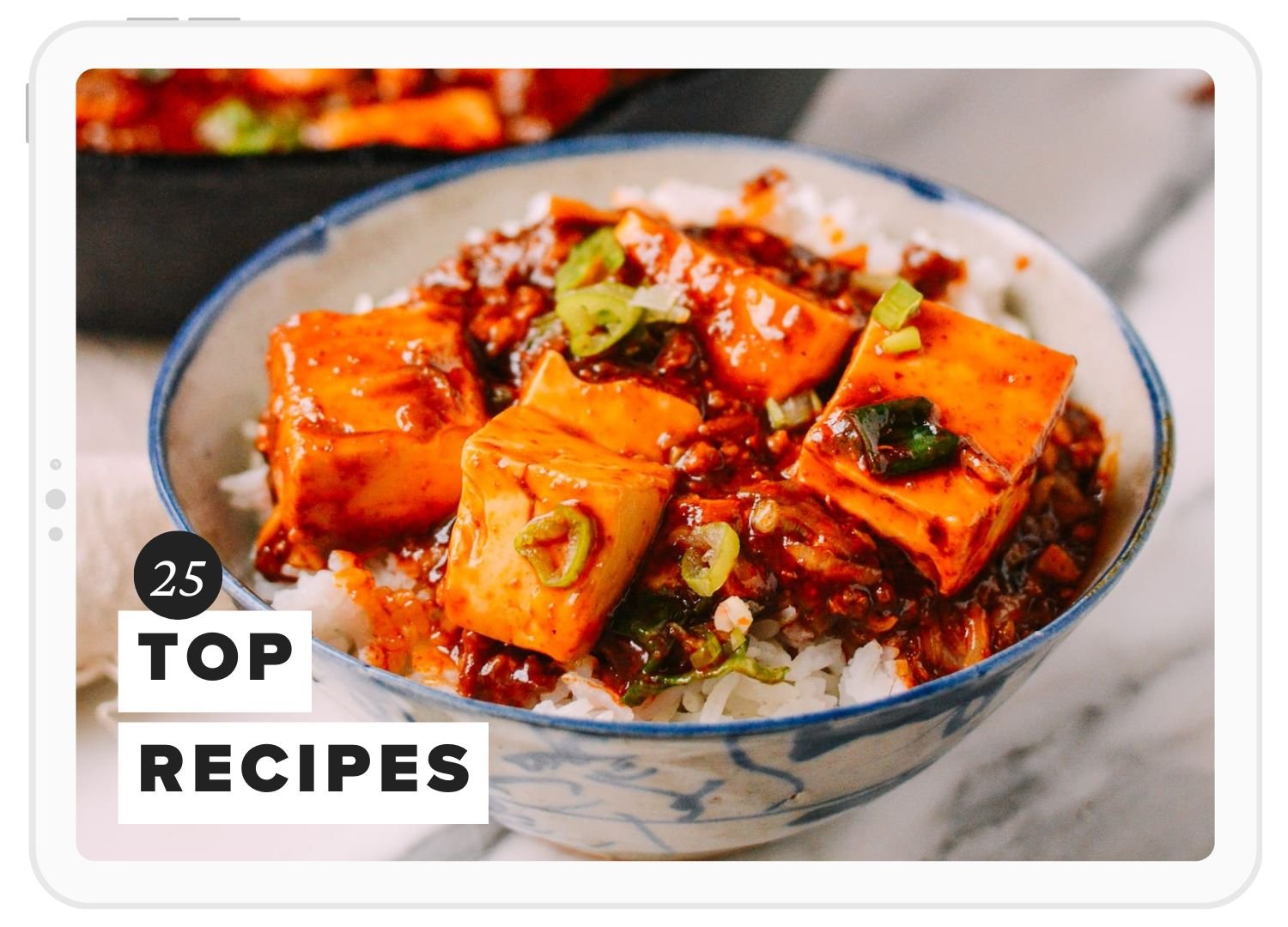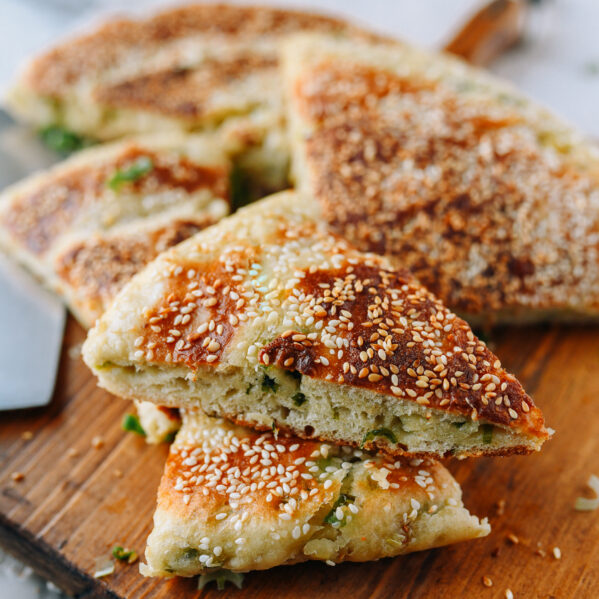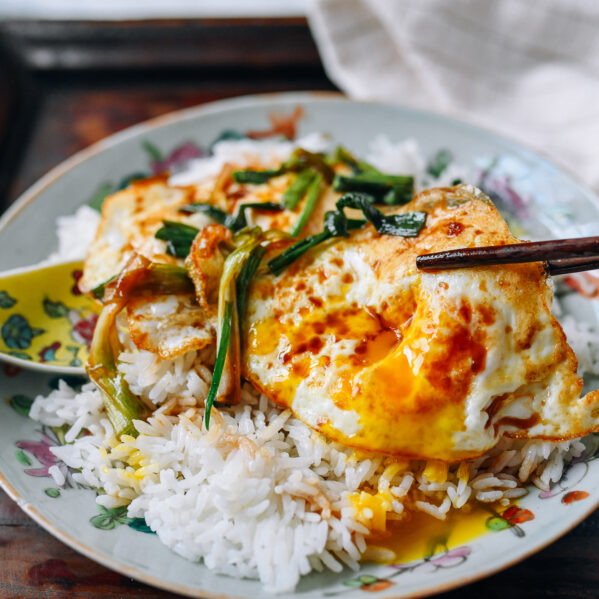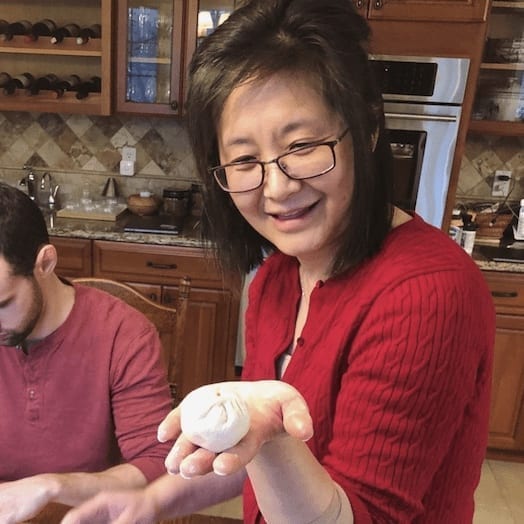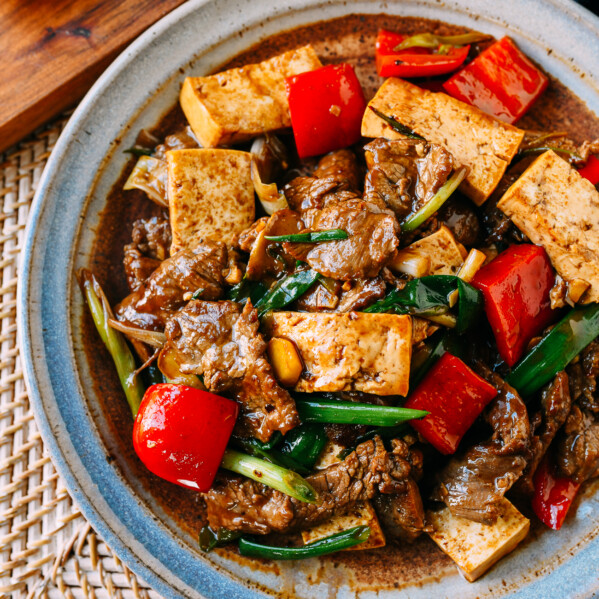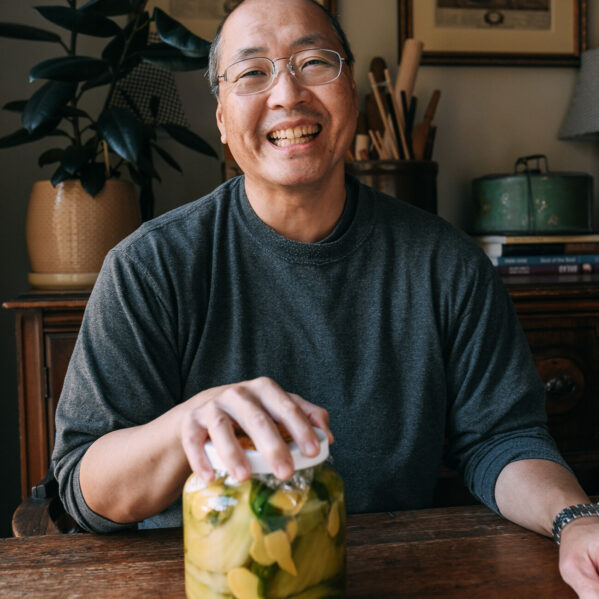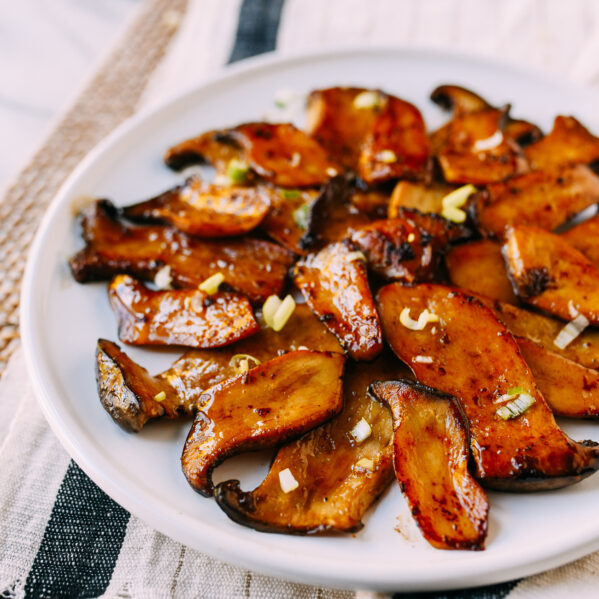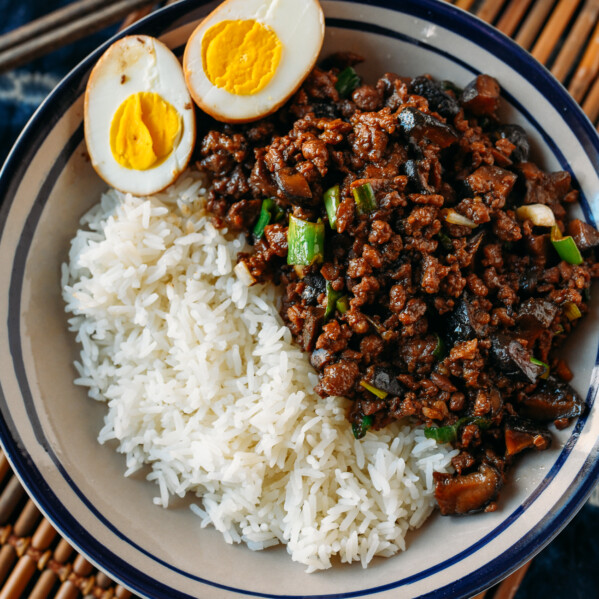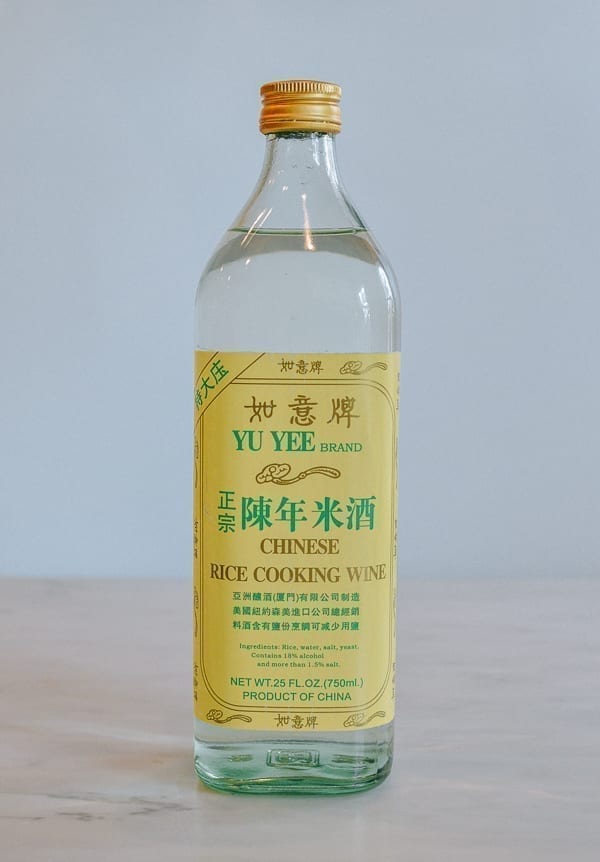
What is Chinese Rice Wine (mijiu, 米酒)?
Chinese rice wine, or mi jiu (literally: rice wine), is made from glutinous rice (aka sticky rice). It can be clear and colorless, light yellow, or dark brown in color, and generally has an alcohol content ranging from 12-20%.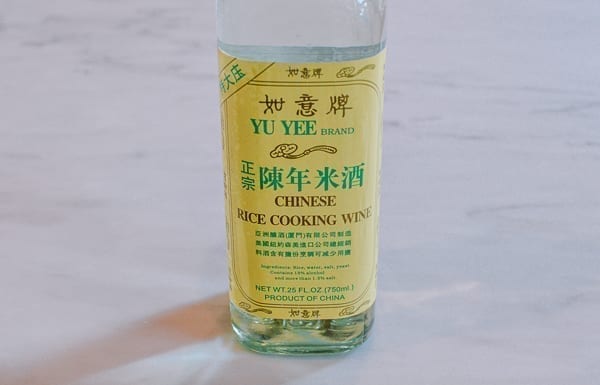 It is a sub-type of huang jiu (黄酒; literally: yellow wine), which is a category of Chinese alcoholic beverages made from rice, sorghum, millet, or wheat and a jiu qu liquor fermentation starter.
While the most famous variety comes from Shaoxing (read more about Shaoxing wine), mijiu is made and used all over China, both as a beverage and for cooking.
It is a sub-type of huang jiu (黄酒; literally: yellow wine), which is a category of Chinese alcoholic beverages made from rice, sorghum, millet, or wheat and a jiu qu liquor fermentation starter.
While the most famous variety comes from Shaoxing (read more about Shaoxing wine), mijiu is made and used all over China, both as a beverage and for cooking.
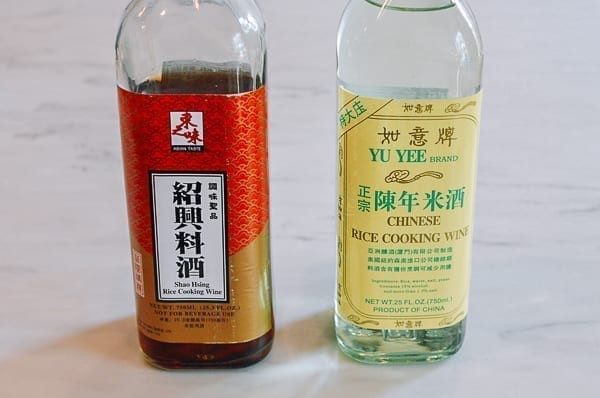
How Is It Used?
Just like using wine in Western dishes, Chinese rice wine adds depth and flavor complexity to dishes. It’s used frequently in marinades and sauces, and to deglaze intensely hot woks during the stir-frying process. This method helps to cook off any alcoholic edge and create that highly sought-after wok hay (breath of the wok) flavor. There are even some varieties that people drink, though we have not seen any outside of China. We would NOT recommend drinking any of the wines you find at Asian grocery stores! These wines often have salt added to avoid an alcohol tax, which makes them briny and much more suited to cooking than drinking. That said, the common cooking advice of, “don’t cook with a wine you wouldn’t drink” does not apply here. While this cooking wine may not be pleasing to the palette by itself, it adds an excellent and crucial flavor to many Chinese dishes. There’s an important distinction between Shaoxing rice wine, which we call for most often in our recipes, and clear rice wine, which is colorless and resembles water. Clear wine has a clearer and purer taste than the Shaoxing wine we use in most of our recipes. It’s better suited to delicate steamed dishes, seafood, and fish. However, we use Shaoxing wine so often in our cooking that it has become our automatic go-to. That’s why you rarely see clear mi jiu here on The Woks of Life.Buying & Storing
Find clear mi jiu near the other cooking wines in Chinese grocery stores, usually near the sauce aisle. Sometimes it is labeled with this spelling: michiu.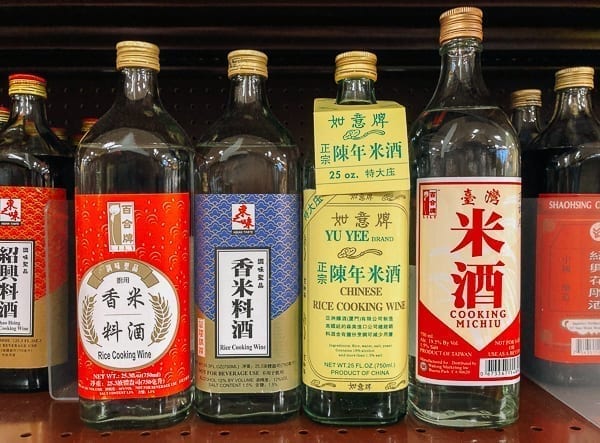
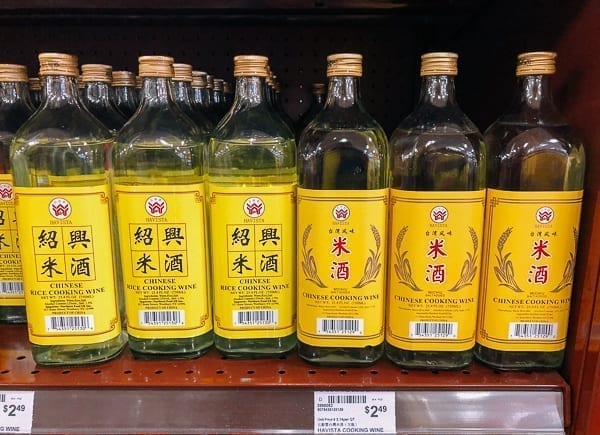 Keep the bottle well sealed and store it in a cool, dry place like your pantry.
Keep the bottle well sealed and store it in a cool, dry place like your pantry.




